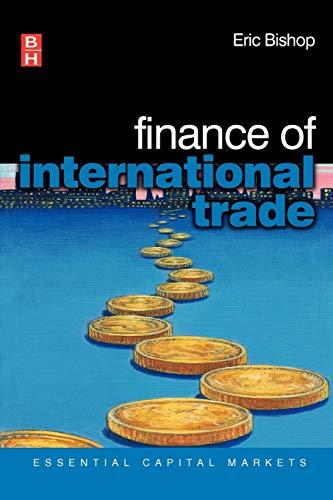
Term Structure A 1-year Treasury bill dirrently offers a 5% rate of return. A 2-year Treasury note offers a 5.5% rate of return. Under the expectations theory, what rate of return do investors expect a 1-year Treasury bill to pay next year? 3: 40 41 42 43 The rate of return investors expect a 1-year Treasury bill to pay next year is %. (Round to two decimal places.) 45 46 47 48 49 50 51 53 54 56 57 58 59 60 61 62 Enter your answer in the answer box. 63 Read Convertible preferred stock Valerian Corp. convertible preferred stock has a fixed conversion ratio of 6 common shares per 1 share of preferred stock. The preferred stock pays a dividend of $7.00 per share per year. The common stock currently sells for $15 per share and pays a dividend of $0.50 per share per year. a. On the basis of the conversion ratio and the price of the common shares, what is the current conversion value of each preferred share? b. If the preferred shares are selling at $88 each, should an investor convert the preferred shares to common shares? c. What factors might cause an investor not to convert from preferred to common stock? a. The current conversion value of each preferred share is (Round to the nearest dollar.) b. If the preferred shares are selling at $88 each, should an investor convert the preferred shares to common shares? (Select the best answer below.) O Yes O No c. What is one factor that might cause an investor not to convert from preferred to common stock? (Select the best answer below.) O A. An investor might not convert from preferred to common stock if the dividends they will receive on the common stock are greater than what they would receive on the preferred stock An investor might not convert from preferred to common stock if the dividends they will receive on the common stock are equal to what they would receive on the preferred stock. 58 59 60 61 62 63 64 O B. C. An investor might not convert from preferred to common stock if the dividends they will receive on the common stock are less than what they would receive on the preferred stock. Click to select your answer(s). Re








